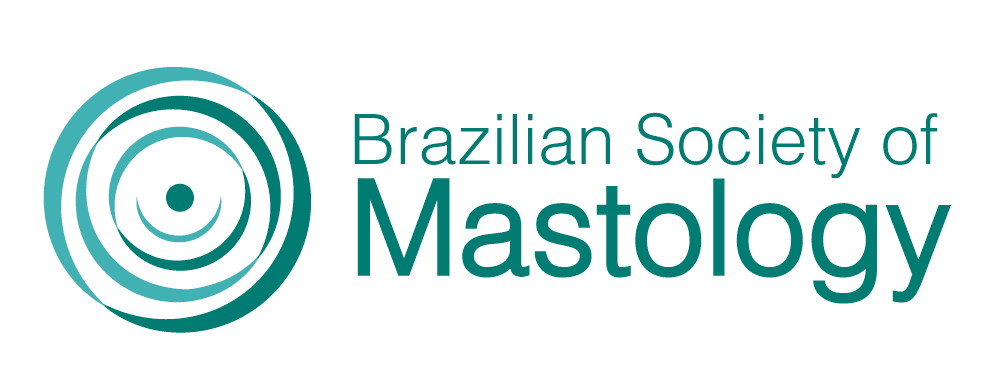TREATMENT AFTER BREAST CANCER RECURRENCE
CONSERVING SURGERY OR ADENOMASTECTOMY?
Resumo
Introduction: Different factors are related with the increased risk of local recurrence, such as tumor grade, surgical margins and age. The recurrence of a tumor shows the aggressiveness of the disease and can be related with progression and worse prognosis. Radical mastectomy is the standard treatment for patients who present local recurrence after conserving surgery (CS); however, different studies have shown oncological safety using a new conserving surgery as an alternative to treat recurrence in selected patients. In the past few years, due to an increasing concern of mastologists with oncological safety, besides the aesthetic result, adenomastectomy (nipple-sparing mastectomy, NSM) became a good therapeutic choice for patients with breast cancer. Several authors have demonstrated similar recurrence and survival rates when compared to NSM techniques and total mastectomy. This study aims at assessing the local recurrence rates and the distance of NSM versus CS for the treatment of breast cancer recurrence. Methods: We assessed data from patients with breast cancer recurrence after conserving surgery who were treated with NSM, 24 patients, or new CS, 22 patients. All surgeries to treat the recurrence were carried out between 2001 and 2017. Results: The mean age of patients submitted to NSM was 52.7 years, and 61.3 years in the CS group. Patients submitted to a new conserving surgery presented 81.8% of tumors smaller than 2 cm; 81.3% grade 1 and 2 tumors; and 43.9% of luminal A tumors. In comparison to these characte-ristics, the patients who underwent NSM demonstrated lower rates (66.7%) of tumors smaller than 2 cm, higher rates of grade 2 (63.2%) and 3 (36.8%) tumors, and only 26.4% presented luminal A tumors, being the highest percentage (52.6%) of luminal B tumors. After a mean follow-up period of 140 months, the local recurrences were similar for both groups: 20.9% in NSM, and 22.7% in CS. Only 1 (4.2%) patient submitted to NSM presented metastasis, and in the CS group, no patient presented metastasis. Conclusions: By assessing the characteristics of patients submitted to NSM or CS for the treatment of breast cancer recurrence after previous CS, we observed younger patients and more aggressive tumors in the group that underwent NSM. Despite these characteristics, the local recurrence rates were similar in both surgeries. The presented local recurrence rates are high, and show the difficulty to treat the recurrence of previous tumors. No patient in the CS group presented with metastasis, and only one was shown in the group of patients submitted to NSM. These results suggest that NSM can be a surgical option to treat breast cancer recurrence when CS is not possible; however, further studies need to be carried out to elucidate these findings.
Downloads
Downloads
Publicado
Como Citar
Edição
Seção
Licença
Copyright (c) 2020 Antonio Luiz Frasson, Martina Lichtenfels, Betina Vollbrecht, Ana Beatriz Falcone, Fernanda Barbosa

Este trabalho está licenciado sob uma licença Creative Commons Attribution 4.0 International License.







